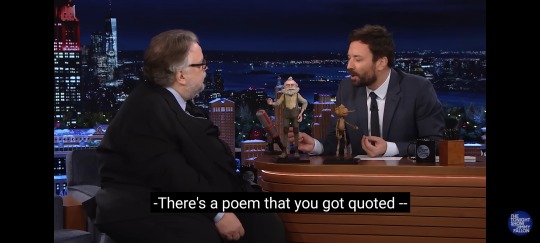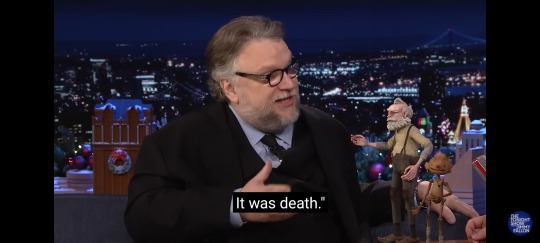#pinocchio
Note
Omggg! Didnt get to join in on the first batch so happy to see you're doing it again!
Eugenie in H8 or P as H12?

H8 & H12 combination is so funny to me

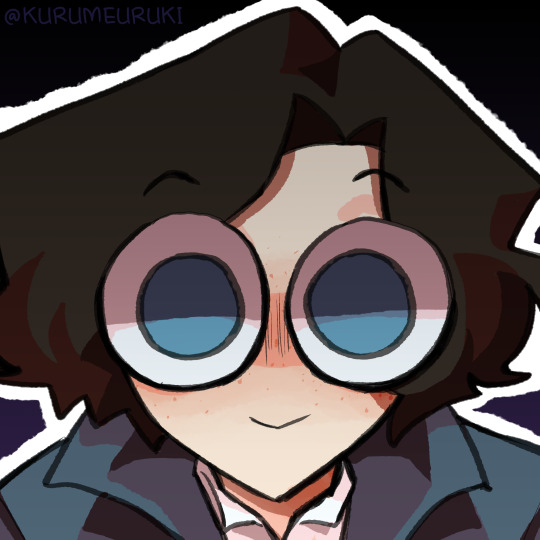
*STARES AT YOU WITH MY BLUE ORBS*
View all expressions here
146 notes
·
View notes
Text
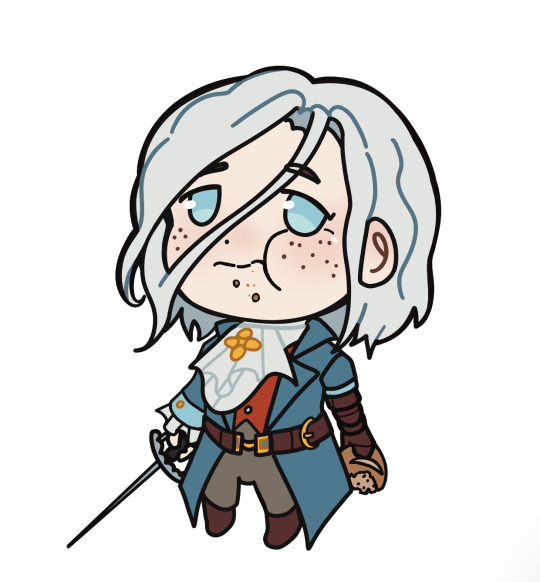
bread..
122 notes
·
View notes
Text
I like this fit

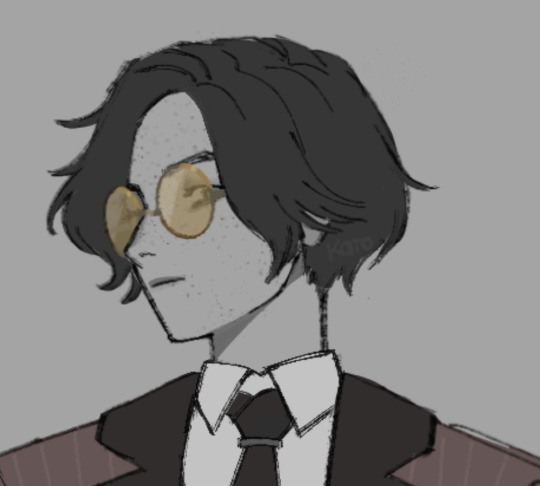
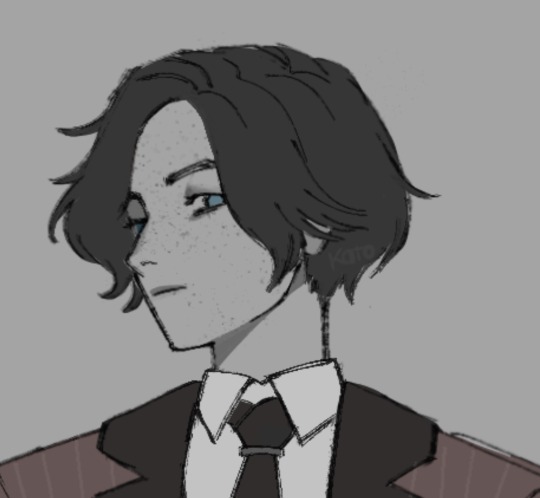
140 notes
·
View notes
Text

NEEDLEFELTED P CUZ I WANT TO HOLD HIM SO BADDDD!!!
Don't mind the little white hairs infront, I forgot I had grey wool with me until I ran out of white. Didn't enough brown unfortunately 😔
And I made his coat like a lil cape cuz I thought it was cute 🥹💖
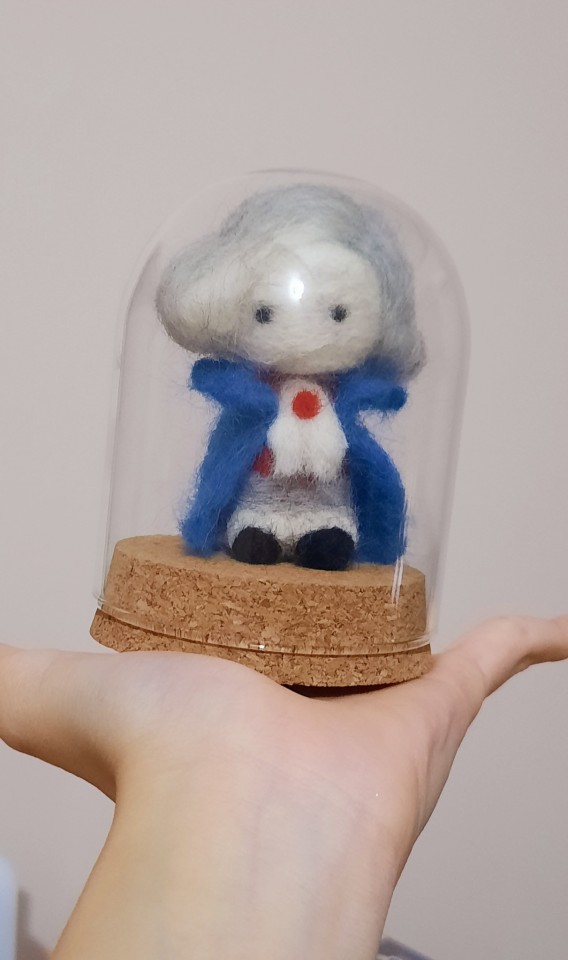
Precious bby boi



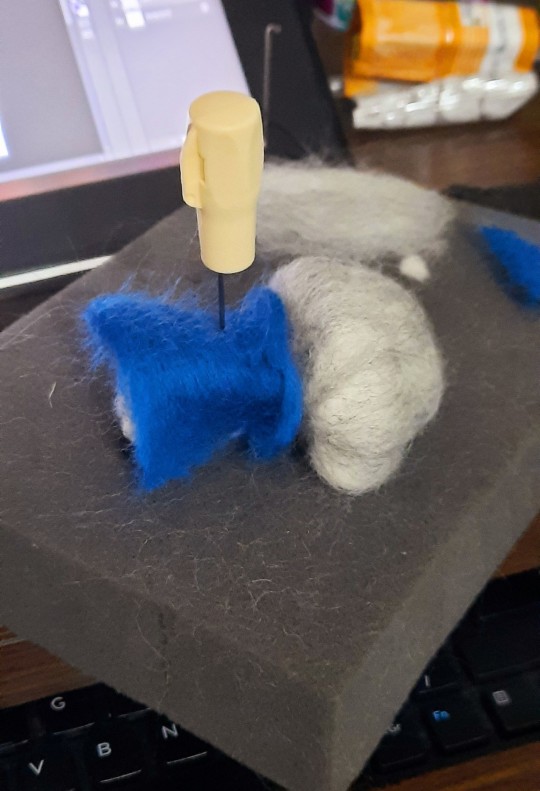
I LOVE HIM SM 😭😭💖💖💖💖💖
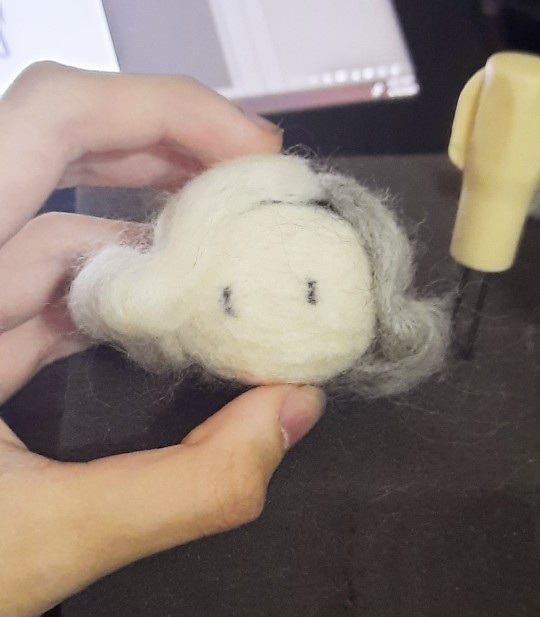

86 notes
·
View notes
Text


he's extremely good on this ಥ‿ಥ
65 notes
·
View notes
Text
I always stood my ground when it comes to the Alice in Wonderland/Through the Looking-Glass stories. I am certain and I will defend that they are NOT fairytales, despite a mass-culture effort to consider them as such just because they want to lump together all children fiction as farytale (plus Disney's influence of course).
Thinking about it, I recently realized that I can sum up the situation perfectly by creating a triangle with two others works. The Alice books - Pinocchio - and the Oz books.
The Alice books are not fairytales, "modern" fairytales, fairytale fiction or fairytale fantasy in any way. Pinocchio, on the contrary, is what I will call for this post "fairytale fiction", and as such stands as an oposite of the Alice books. (And Oz stands in the middle between the two, I'll come back to this later). [Note: I want to precise that I am a HUGE fan of both the Oz and Alice books. I love them. So I am not saying that negatively, on the contrary, I want justice for them to be recognized as what they are.]
What makes Pinocchio a "modern fairytale", a "fairytale novel", a "fairytale fiction"? (I do not call it "fairytale fantasy" because I keep this term for fantasy works that are primarily fantasy but rely on fairytales for inspiration or motifs, such as the Narnia books, Tolkien's The Hobbit or movies like Legend or the Last Unicorn) One, the book was intended by its author to be a modern fairytale or a new fairytale. Two, the book reuses fairytale structures and archetypes. As simple as that. The Alice books, on the other hand? They were never intended to be "fairytales" and never refered to as such by their author.
Not only that, but these books lack any type of fairytale structure when it comes to the plot or narrative. In terms of structure, half of these books are to be ranged into the "allegory" genre, the "metaphorical journey" - for example Alice Through the Looking-Glass is actually a chess match, a chess game that has been narrativized and word-built to produce a children book. The other half is simply the genre these books hailed, heralded, symbolized: nonsense. The Alice books are one of the most famous displays of Carroll as the master of "nonsense". Because nonsense is a genre in itself, and the first Alice book for example, the Wonderland one, is a nonsense plot. A dream-like journey through a bizarre otherworld solely guiding by the reversal of human norms (everybody is insane, that's the normal), the twisting of what children are taught at school (Carroll playing around with everything children were given to be "equipped" in life and how it would seem absurd to them when confronted with a child-like pragmatism) and the literal application of the kind of philosophical and metaphysical questions children would be faced with. Alice in Wonderland is a "nonsense philosophical" story - in France we have a genre matching the "fairy tale" (conte de fées) which is the "philosophical tale" (conte philosophique), most famously represented by Voltaire's works. Alice in Wonderland is a nonsense philosophical tale, not a fairytale.
Yes, the world Alice encounters is filled with talking animals, magical royalty, and other monsters... But they are not fairytale archetypes or even "types" at all. And that is where things are interesting. Because too many people forget what the worldbuilding of the Alice books is, what the "rules" for creating the worlds Alice visits are.
Yes there are bizarre creatures - but they are creatures born out of puns. The Alice worlds are words of wordplay - Carroll created half of his characters simply by playing on the several meanings of a same word, or by breaking down in a literal way a common name, or even by applying expressions in a pragmatic way. Remember: the Mad Hatter and the March Hare are simply Carroll deciding to use two common sayings about madness as literal characters.
Yes, there are talking animals - but they're not out of fairytales. They are out of NURSERY RHYMES. And there's a big difference. In fact, while I refuse to call the Alice books "fairytale fiction" I do recognize their nature as "nursery rhyme fiction". The Queen of Hearts, Humpty Dumpty and many more were straight up lifted from nursery rhymes, and the entire books rely on the memorizing, parodies and twisting of the nursery rhyme genre.
Finally yes, there is magical royalty, but they are just caricatures of the real-world. The Alice books are meant to mock and caricature the society they were created into - such as how the Red Queen of Through the Looking-Glass is meant to embody strict rules children had to learn and those harsh nannies obsessed with etiquette and how nonsensical the rigid politeness could be. Quite a handful of the characters Alice meets are simply references to real-life people (starting with the Dodo which is Carroll himself, or even Alice herself who is the fictional version of the girl the story was meant for) - and if people did a bit of research they would find that Carroll wrote quite a bit about the intended personality of the characters (he notably described extensively what kind of "person" the White Rabbit was supposed to be).
So... The Alice books are nonsensical philosophy for children, and a comical caricature of society, and a nursery rhyme fiction. But they are not "fairytale fiction" or "fairytale inspired" in any way. Unlike Pinocchio which does deserve its fairytale status, and is an emblem of what fairytale fiction is.
I promised you some Oz so here's my stand... The Oz books started out as a fairytale fiction comparable to Pinocchio. When Baum wrote his first Oz book, "The Wonderful Wizard of Oz", he explicitely intended it to be a modern American fairytale able to rival with European classics. The novel reinvents several fairytale archetypes (such as the witch, the talking animal, the wizard), and applies a certain fairytale structure to its narrative. When Baum wrote a sequel to this book, when book 2 of Oz came out, "The Marvelous Land of Oz", Baum kept it a fairytale fiction. We still had a fairytale structure, a fairytale motif, and fairytale archetypes. This second novel was much more extravagant and bombastic (because it was actually created as a tie-in with the Oz stage extravaganzas Baum had created, hence the "dramatical" and "theatrical" nature of this second book), but it stayed fairytale fiction. And the same can be said of book 3.
However, by the fourth book (Dorothy and the Wizard of Oz) onward, Baum, who was fed up with Oz and only continued because he needed money+ audience pressure, dropped the "fairytale fiction" and rather turned the Oz series into basically something similar to the Alice books. He didn't do full nonsense like Carroll but he did two things that made these books "American Alices". 1) He dropped fairytale-narratives like (go on the quest to kill the witch, go on the quest to obtain your wish, undergo this journey to free the trapped royals) for an absence of real plot similar to the Alice books. Stories start randomly, characters find themselves in a new place for no real reason, they travel through bizarre lands, encounter excentric characters, return home at the end. And that's it. Baum didn't bother with a plot anymore since he knew what kids wanted was just see more of this world and that was it. 2) Over-reliance on punny worldbuilding. This is one of the greatest feature of the "late" Oz books: to create his world, Baum massively uses (if not excusively) puns and wordplays, from which are born entire lands and people - thus making it very similar to the Alice books where the Wonderland and Looking-Glass lands precisely exist to warp language.
As such, this is why I consider the Oz series to stand perfectly between Pinocchio and Alice - it started out as a fairytale fantasy similar to Pinocchio, and then it drifted to a "nonsensical childhood marvel fantasy" a la Carroll's Alice.
#alice in wonderland#alice through the looking-glass#alice books#lewis carroll#oz books#the wizard of oz#oz series#l. frank baum#frank baum#baum#pinocchio#fairytale fantasy#fantasy fiction#nursery rhyme fiction
56 notes
·
View notes
Photo
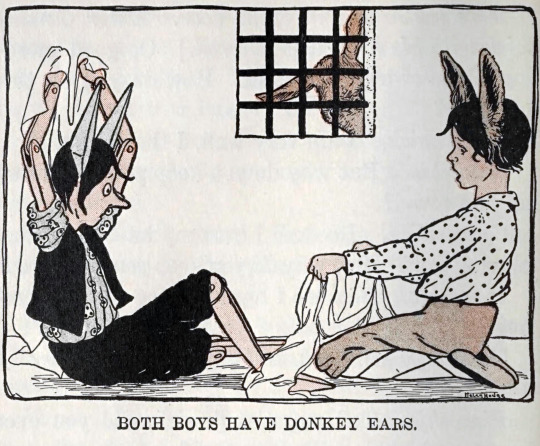
Source details and larger version.
Unstrung: my modest collection of vintage Pinocchio imagery.
29 notes
·
View notes
Text

Lie of P fan art.
Venigni: At the moment --utterly at your service, my friend!
34 notes
·
View notes
Text

#liesofp#lies of p screenshot#lies of p pinocchio#lies of p#lies of p game#lies of p sophia#pino#pinocchio#soulslike#neowiz#lop#wo long: fallen dynasty
27 notes
·
View notes
Text
Red highlights ❤️ just for a second
31 notes
·
View notes
Text


My new pillow 💙 Sweet dreams with P 🩵💤
24 notes
·
View notes
Text
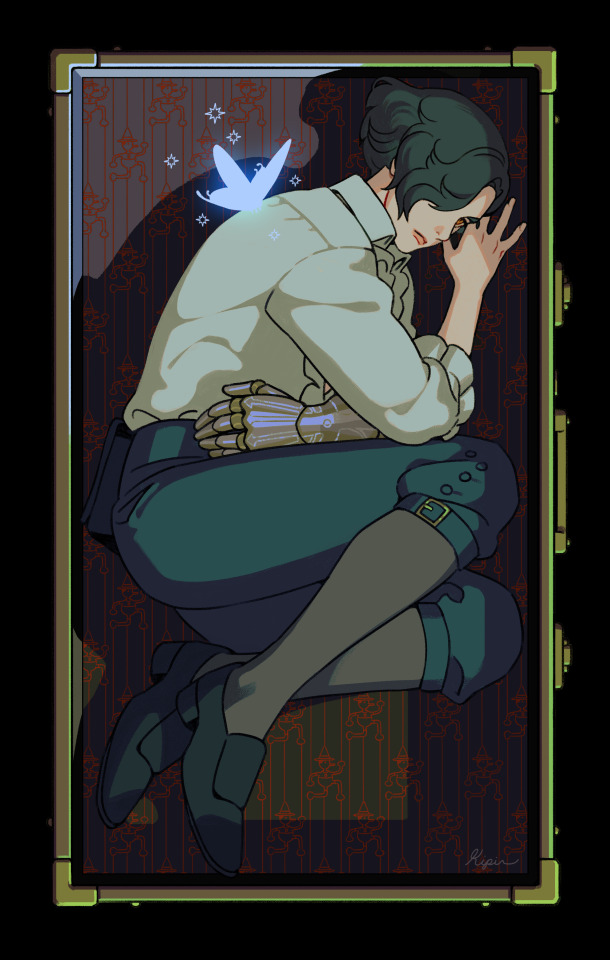
Is this truly the future you wanted? 🦋
#contractually obligated to draw the twink in the suitcase#lies of p#carlo#my art#sara kipin#pinocchio
11K notes
·
View notes
Text


thats right you son of bitch idiots. swag pinocchio sweep
39K notes
·
View notes
Photo
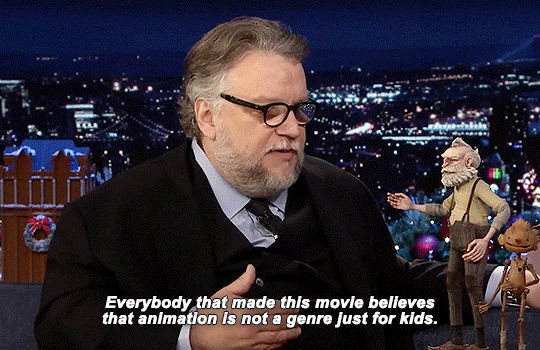

#guillermo del toro#guillermo del toro's pinocchio#pinocchio#userjoss#useroptional#userbbelcher#chewieblog#*#idk who to tag i just needed to gif this cuz i never wanted to scream something so loud#he is so right tHANK YOU THANK YOU
35K notes
·
View notes
Text
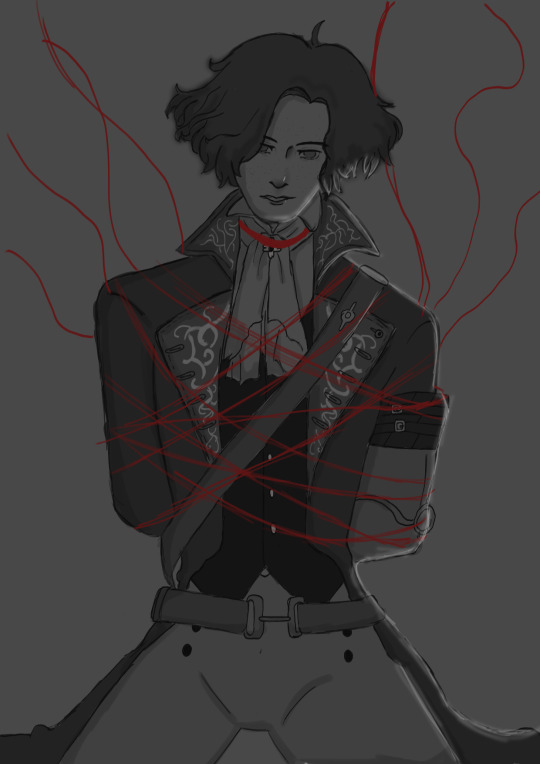
- 𝐏𝐮𝐩𝐩𝐞𝐭 𝐒𝐭𝐫𝐢𝐧𝐠 -
𝐌𝐈𝐋𝐃 𝐍𝐒𝐅𝐖 𝐯𝐞𝐫𝐬𝐢𝐨𝐧 𝐮𝐧𝐝𝐞𝐫 𝐭𝐡𝐞 𝐜𝐮𝐭 🔞
𝐏𝐮𝐩𝐩𝐞𝐭 縛り(Shibari)

28 notes
·
View notes
